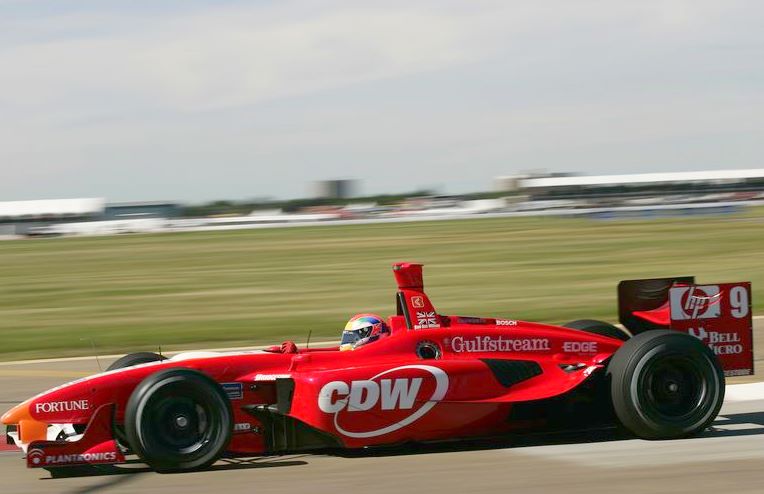New turbo-powered V6s sound right for IndyCar
 |
| If Tony George had not destroyed IndyCar racing by creating the IRL, IndyCar under CART would have always used turbocharged engines. So this notion that IndyCar is now going to turbo engines is hypocritical. Let's call a spade a spade. Given Tony George set the sport back 25 years, he should be run out of the paddock and never allowed to return. CART was twice as big as NASCAR in the early 1990s before George stepped in and destroyed it all. |
The prospect for the 2012 IndyCar season and the Long Beach Grand Prix is accompanied by an aggressive growl.
After a few years of the diminished Dallara/Honda engines, which sounded at best like a small swarm of young bees, the ferocious sound of turbocharged engines will return to Long Beach.
Put in your special orders for earplugs now.
This is a good thing for anyone who remembers the high-powered days of CART and Champ Car, when turbo engines were a standard and provided the kind of power and sound that has always been one of the most appealing parts of the sport.
The new engines will be 2.2-liter V6 turbos that can crank horsepower in the 550-to-780 range, and the new engines will also incorporate a push-to-pass button, the latest gadget that's caught on, that provides a horsepower boost of up to 100, or five times greater than the old push-to-pass.
"They were sinuous, sexy," Grand Prix chief Jim Michaelian said of the old CART and Champ Car engines last week with a growl of his own. "I think it bodes well for the season. We're getting back to the days of power racing."
There will also be three different engine manufacturers – Honda, Chevy and Lotus – which harkens to the competitive past.
Michaelian has seen opening testing results for the new engines and said the average speed will be comparable to the past. But the new Aero kits that all race teams will use to supplement the base Dallara chassis will allow teams to tweak their cars by specific tracks and driver desires. Long Beach Press Telegram
